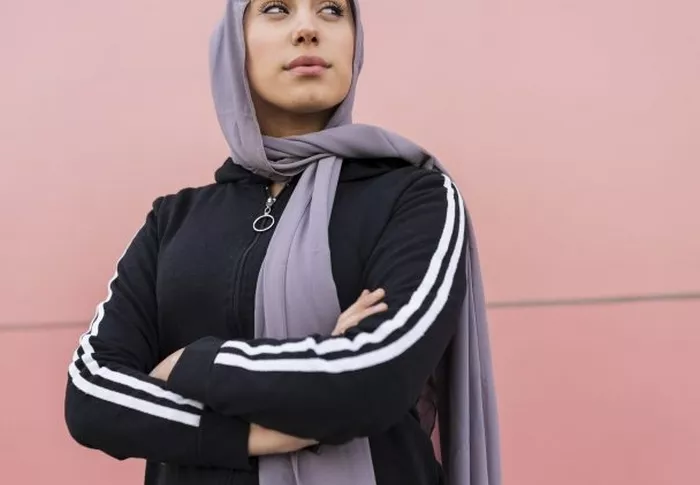In a significant development for women’s rights in Saudi Arabia, Crown Prince Mohammed bin Salman has declared that women in the Kingdom will now have the freedom to choose their own attire without requiring permission from male guardians. This announcement aligns with the broader social and economic reforms under the Vision 2030 initiative, which seeks to modernize the country while maintaining cultural values.
For decades, Saudi women were subject to strict dress codes, with regulations mandating the wearing of an abaya and a headscarf in public. Enforcement of these rules was overseen by the religious police, leaving little room for personal choice. However, a shift began in 2018 when the Crown Prince indicated that modest dress was required but did not necessitate wearing a black abaya specifically. The latest policy change removes any ambiguity, confirming that women now have full autonomy over their clothing choices.
The government has steadily moved toward a more progressive stance on gender equality, including the gradual dismantling of the male guardianship system. Women in Saudi Arabia previously had to obtain male permission for fundamental activities such as travel, marriage, and medical decisions. The recent relaxation of dress codes represents another significant step toward expanding personal freedoms and reducing gender-based restrictions.
The decision is expected to have substantial economic and social implications. The increasing participation of women in the workforce has already been a defining feature of Saudi Arabia’s transformation, with female employment rising in various sectors, including business, politics, and entertainment. Greater freedom in attire is likely to stimulate the fashion industry, boost tourism, and enhance Saudi Arabia’s image on the international stage as a nation progressing toward modernity.
On a global scale, reactions to the policy shift have ranged from praise to cautious optimism. Many human rights organizations view the move as a step in the right direction, though concerns remain regarding its implementation and long-term effects. Western nations such as the United States and the United Kingdom have acknowledged the progress, while also urging further advancements in women’s rights.
Within the region, the response has been mixed. Gulf nations like the United Arab Emirates have already adopted more relaxed dress codes, making Saudi Arabia’s decision less surprising to some. However, more conservative neighboring countries may view the shift as a controversial departure from traditional norms. The policy’s geopolitical ramifications will likely continue to influence Saudi Arabia’s relationships with allies and adversaries.
Despite the positive reception from reformist groups, resistance from conservative factions remains a potential challenge. Many Saudi citizens adhere to deeply rooted traditional values and may perceive this change as conflicting with Islamic principles. Nevertheless, the Crown Prince has maintained that the reforms align with a modern interpretation of Islam that supports women’s empowerment and economic engagement.
Cultural and social pressures may still influence individual choices, even in the absence of legal restrictions. While the new policy grants women the right to choose their attire, family and community expectations may continue to shape their decisions. The pace at which societal attitudes adapt to these changes will determine the effectiveness of the reform in practice.
This policy shift is a key component of Vision 2030, an initiative launched in 2016 to diversify Saudi Arabia’s economy and reduce dependence on oil. A central goal of this strategy is the increased inclusion of women in the workforce and public life. The country has already witnessed a rise in female employment rates, with women’s workforce participation climbing from 19% in 2016 to over 35% by 2023. The latest reform is expected to further accelerate this trend, contributing to the nation’s economic growth and global competitiveness.
Prince Mohammed bin Salman’s announcement regarding women’s attire marks a turning point in Saudi Arabia’s reform trajectory. While obstacles remain, the decision reflects the broader objectives of Vision 2030, which include fostering economic diversification, encouraging greater societal participation of women, and reshaping Saudi Arabia’s international reputation.
The reform signals a commitment to modernization while preserving the country’s cultural and religious identity. As the Kingdom continues its transformation, global observers will closely monitor how these policy changes impact the lives of Saudi women and the nation’s societal landscape in the years to come.
Related Topics
- 080 Barcelona Fashion Kicks Off with Elegance, Strength, and a Tribute to Legacy
- Gaza Woman Partners with Japanese Entrepreneur to Launch Clothing Brand
- Spanx Founder Faces Setback in Effort to Revolutionize Women’s Footwear

